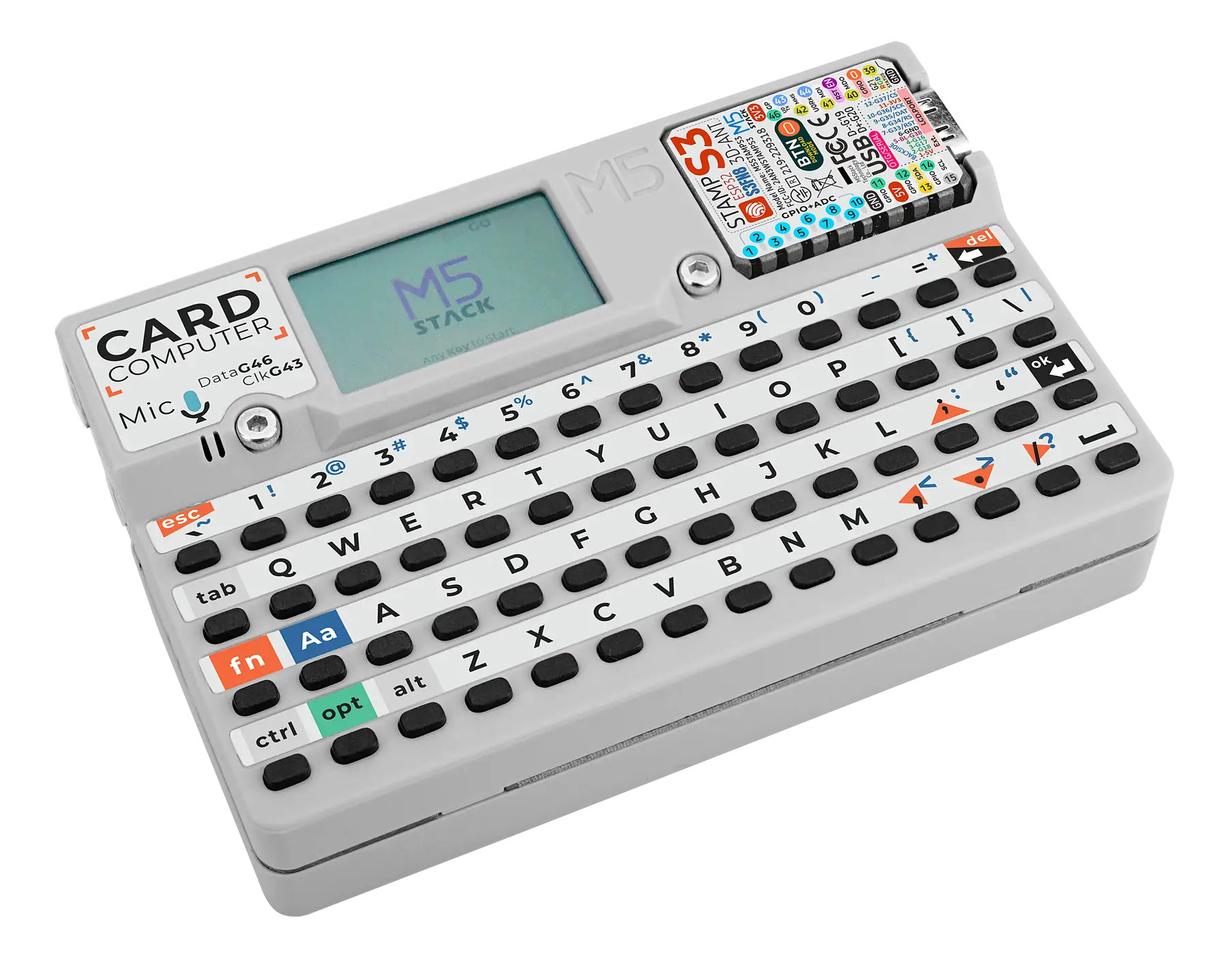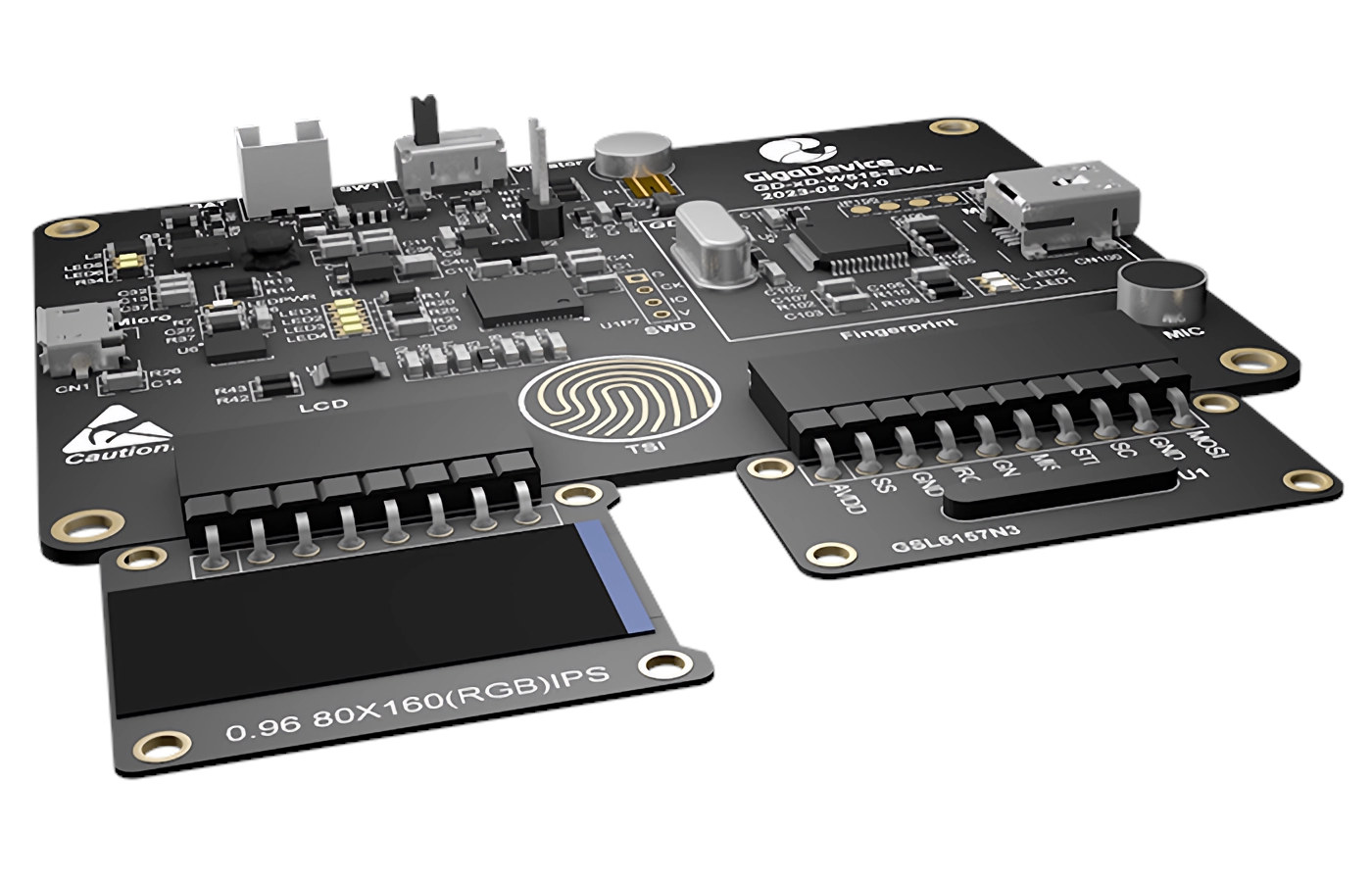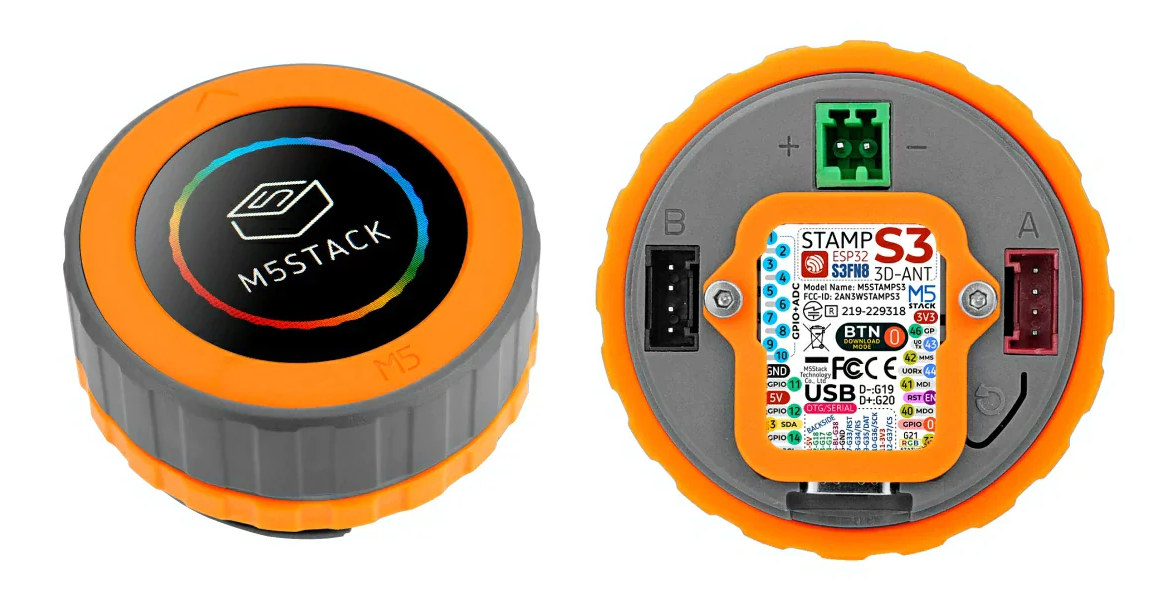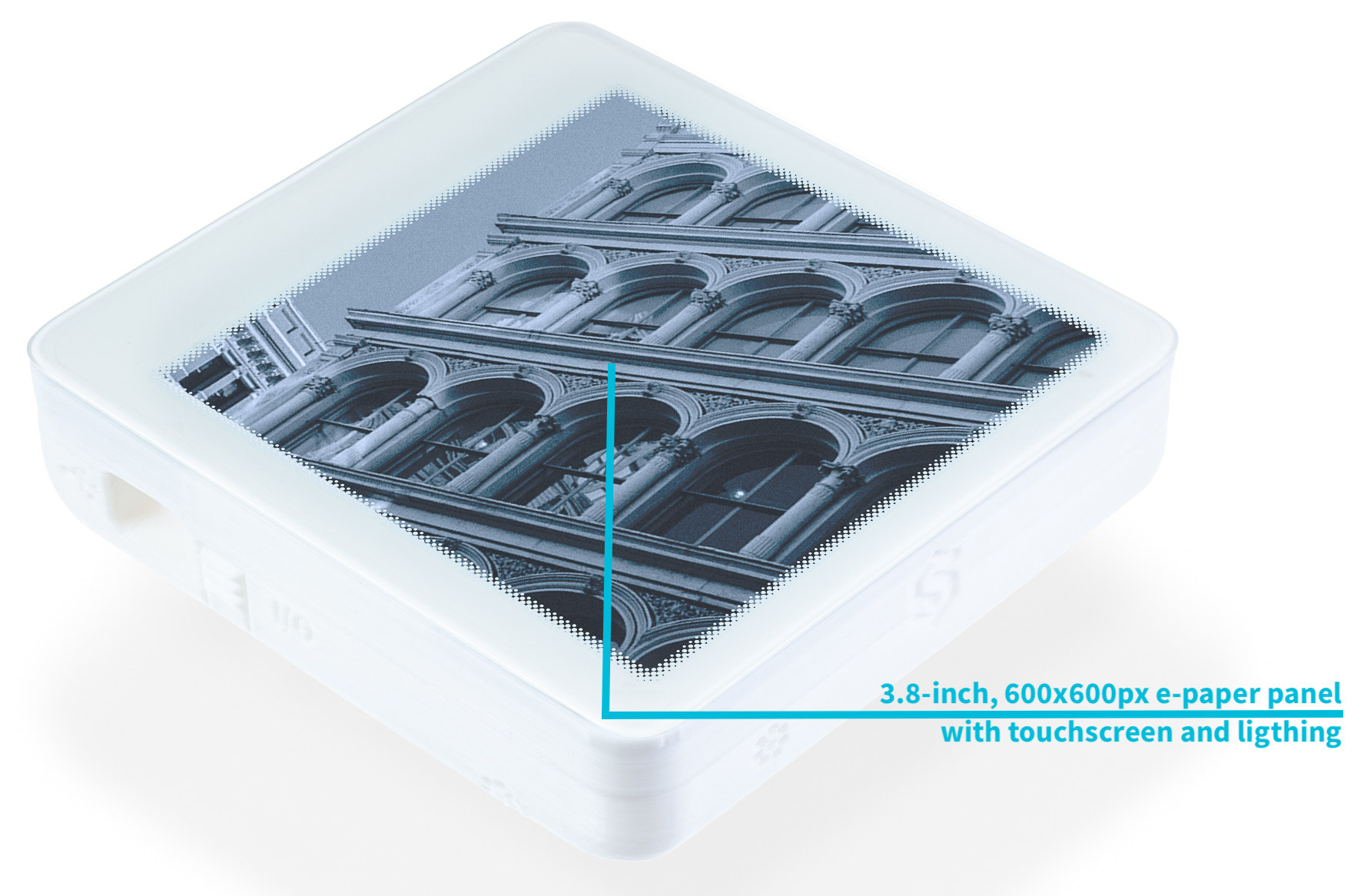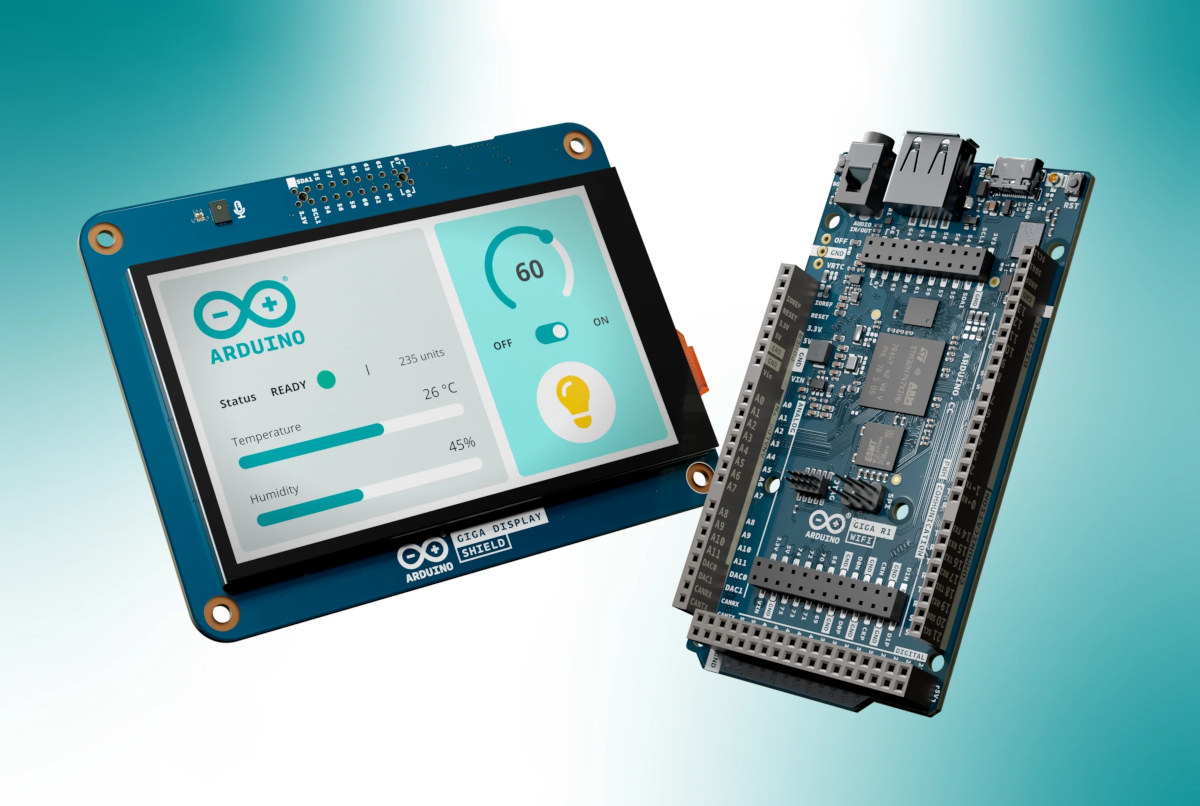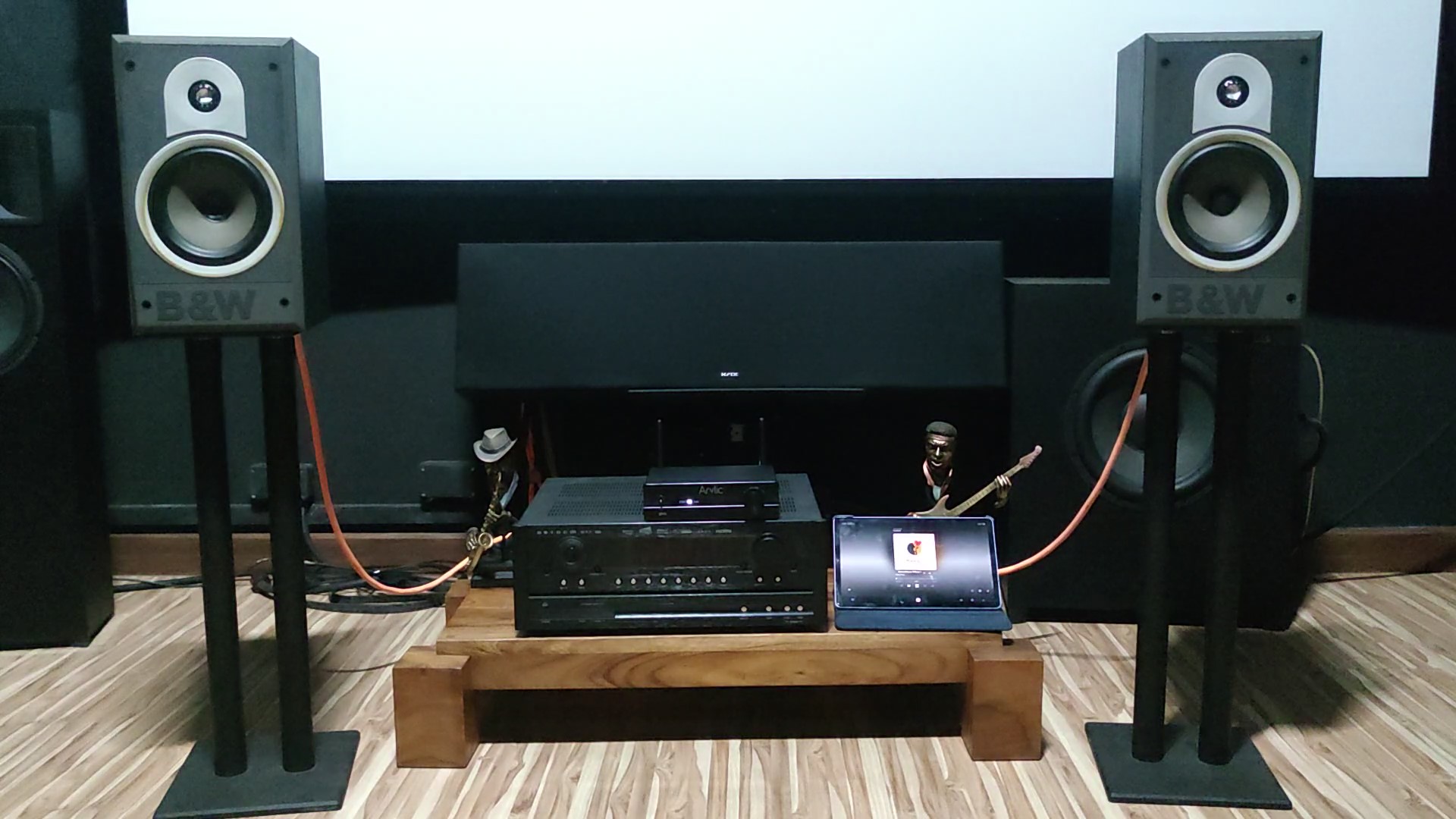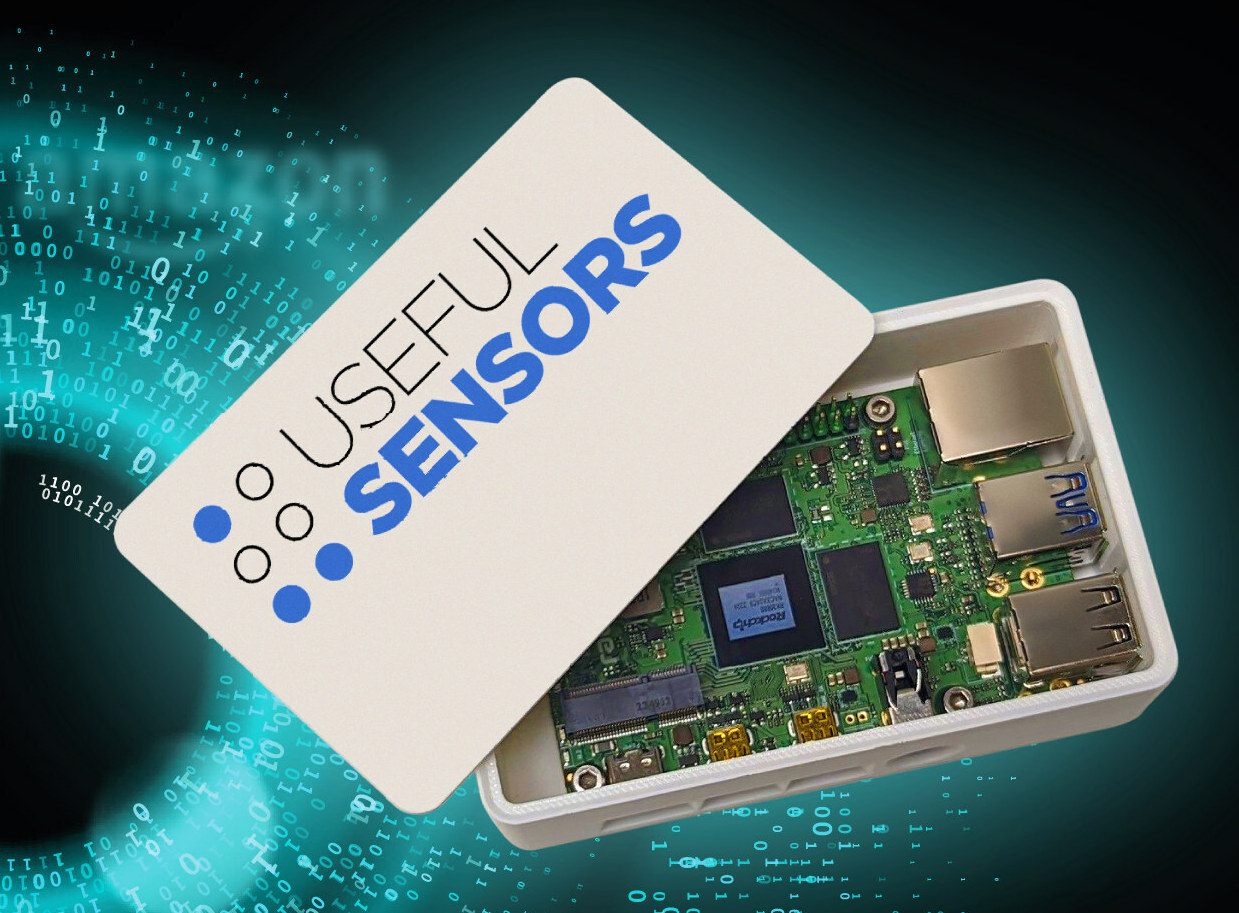M5Stack Cardputer is a card-sized portable computer based on the ESP32-S3-powered M5Stamp S3 wireless module and equipped with a 56-key keyboard and 1.14-inch TFT display, plus some sensors and peripheral expansion ports. At first, it’s hard to imagine what it could be used for apart from being a hardware hacking toy, but the company says the card-sized WiFi computer can be used for rapid functional verification, industrial control, and home automation systems. M5Stack Cardputer specifications: Wireless MCU module – M5Stack M5Stamp S3 with SoC – Espressif Systems ESP32-S3FN8 dual-core 32-bit Xtensa LX7 microcontroller with AI vector instructions up to 240MHz, RISC-V ULP co-processor, 512KB SRAM, 2.4GHz WiFi 4 (802.11b/g/n), Bluetooth 5.0 BLE + Mesh, 8MB flash 2.4GHz 3D antenna USB – 1x USB Type-C port Expansion connectors for I/Os such as SPI, I2C, UART, ADC, and more Storage – MicroSD card socket Display – 1.14-inch IPS LCD with 240×135 resolution […]
GigaDevice GD-xD-W515-EVAL board features GD32W515 Cortex-M33 MCU, a fingerprint scanner, and an LCD module
GigaDevice GD-xD-W515-EVAL is a new “all-in-one” Cortex-M33 evaluation kit comprised of a GD32W515 mainboard, a fingerprint board, and an LCD board powered by either a battery or the Mini-USB interface of the GD-Link programmer. The devkit is mainly used to evaluate various chips from the company, namely the 180 MHz GD32W515PIQ6 Cortex-M33 microcontroller, the GD25Q128E SPI NOR flash, the GSL6157 capacitive fingerprint Sensor, the GD30BC2416 battery management IC, and the GD30LD1002 power management chip. GigaDevice GD-xD-W515-EVAL board specifications: MCU – Gigadevice GD32W515PIQ6 Core – Arm Cortex-M33 microcontroller clocked at up to 180 MHz with Arm TrustZone support Memory – 448KB SRAM Storage – 2048KB flash Wireless – 2.4 GHz WiFi 4 (802.11b/g/n), but somehow not used in the development board… I/Os – Up to 43x GPIOs, 3x USART, 2x I2C, 2x SPI, USB 2.0 FS, I2S, etc… Package – QFN56 Storage – 128Mbit SPI NOR Flash (GD25Q128E) Display – 0.96-inch […]
M5Dial – An ESP32-S3 smart rotary knob with a touchscreen display
M5Stack M5Dial is a WiFi and Bluetooth-connected smart rotary knob with a round 1.28-inch touchscreen TFT display powered by an ESP32-S3 board, more precisely, the M5Stamp S3 IoT module. The user-programmable device comes with a rotary encoder recording the position and direction of the knob, an RFID module, an RTC, a buzzer, and under-screen buttons, as well as two Grove connectors for expansion enabling all sorts of projects. M5Dial specifications: Wireless MCU module – M5Stack M5Stamp S3 with SoC – Espressif Systems ESP32-S3FN8 dual-core 32-bit Xtensa LX7 microcontroller with AI vector instructions up to 240MHz, RISC-V ULP co-processor, 512KB SRAM, 2.4GHz WiFi 4 (802.11b/g/n), Bluetooth 5.0 BLE + Mesh, 8MB flash 2.4GHz 3D antenna USB – 1x USB Type-C port Expansion connectors for I/Os such as SPI, I2C, UART, ADC, and more Display – 1.28-inch TFT display with 240×240 resolution using GC9A01 driver, and FT3267 capacitive touchscreen controller RFID – […]
Android 14 released, source code hits AOSP
Google has just released Android 14 for supported devices such as Google Pixel phones and pushed the source code to AOSP (the Android Open-Source Project). Most of the changes to the fourteenth version of the Android operating system were introduced with the first Android 14 developer preview – released in February 2023 – which included performance improvements, better privacy and security, and additional user-side customization options. Some of the new features unveiled since the first Android 14 developer preview include: AI-generated wallpapers using text-to-image diffusion models to help users easily create unique wallpapers HDR images with Ultra HDR (Android 13 already supported HDR videos) Built-in Health Connect support to let people track their fitness, health, and wellness levels across apps in a secure way respecting privacy. Android 14 encourages users to set a six-digit PIN (or longer) to improve security. Improved accessibility with vision-and hearing-inclusive features such as an enhanced […]
Inkplate 4 TEMPERA ePaper display supports ESPHome, Arduino, and MicroPython (Crowdfunding)
Years after years, Soldered Electronics keeps on churning out new ESP32-powered ePaper displays and the latest model is the Inkplate 4 TEMPERA with a recycled 3.8-inch e-paper touchscreen with 600×600 resolution and plenty of sensors and features for a device of that size. The InkPlate 4 TEMPERA comes with a frontlight, a gyroscope, an accelerometer, temperature, humidity, air quality, and gesture sensors, Wi-Fi and Bluetooth connectivity, a built-in battery, and a low-power operating mode. Inkplate 4 TEMPERA specifications: Wireless module – ESP32-WROVER-E with ESP32 dual-core microcontroller with Wi-Fi 4 & Bluetooth 4.0 connectivity Memory – 8MB PSRAM Storage – 4MB flash PCB antenna Storage – MicroSD card slot Display (ED038TH2) 3.8-inch 3-bit grayscale (black, white, and six shades of gray) ePaper display with 600 x 600 pixels resolution Refresh rate 0.18s partial refresh rate in 1-bit (B&W) mode 0.86s full refresh mode in either 1-bit or 3-bit modes Multi-point touchscreen […]
Arduino GIGA R1 WiFi board gets touchscreen display shield
The Arduino GIGA Display Shield is a 3.97-inch RGB touchscreen display designed for the Arduino GIGA R1 WiFi board introduced a few months ago with an STM32H7 dual-core Cortex-M7/M4 microcontroller and a Murata 1DX module for WiFi 4 and Bluetooth 5.1 connectivity. Besides featuring an 800×480 touchscreen display, the new shield offers some other features such as an MP34DT06JTR digital microphone, a Bosch BMI270 six-axis IMU, a 20-pin Arducam camera connector, and an RGB LED. Arduino GIGA Display Shield (ASX00039) specifications: Display – 3.97-inch touchscreen display with 800×480 resolution (model: KD040WVFID026-01-C025A), 16.7 million colors, 5-point touch, connected over I2C Camera I/F – 20-pin ArduCam camera connectors Sensors Bosch SensorTech BMI270 6-axis IMU with 16-bit tri-axial gyroscope and a 16-bit tri-axial accelerometer STMicro MP34DT06JTR MEMS microphone Misc -1x RGB LED (I2C) Supply Voltage – 3.3V Dimensions – 106 x 80 mm The new shield can be mounted to the GIGA R1 […]
Review of Arylic BP50 Bluetooth 5.2 preamplifier with TIDAL Music
Arylic has sent us a sample of their low-cost BP50 Bluetooth 5.2 preamplifier for review. It features an ESS Saber ES9023P DAC chip and Qualcomm QCC3040 Bluetooth chip with support for aptX, aptX HD (High Definition), aptX LL (Low Latency), and aptX AD (Adaptive). It offers many input-output connections such as phono preamp MM/MC, optical, Line-in, subwoofer output, and HDMI ARC. You can find the full details about the specifications in the aforelinked announcement. Arylic BP50 unboxing Let’s start our review with an unboxing. Our package came with the following items: Arylic BP50 Bluetooth 5.2 preamplifier A 12V/1A power supply 2x Bluetooth antennas (3dBi) A remote Control A user manual As a reminder, here are the ports on the back of the preamplifier as shown in a stock image from the company. Test setup For this review, we’ve connected the Arylic BP50 Bluetooth preamplifier’s Line-Out port to the CD Audio […]
AI in a box offline LLM solution leverages Rockchip RK3588S’ NPU (Crowdfunding)
Useful Sensors “AI in a box” LLM (large language model) solution works offline with complete privacy and leverages the NPU in Rockchip RK3588S processor for conversational AI similar to ChatGPT but without an internet connection or registration required. The AI box prototype currently relies on off-the-shelf hardware, specifically the Radxa ROCK 5A SBC with 8GB RAM, housed in a plastic enclosure, and the code relies on open-source models like Whisper speech-to-text model and Llama2 language models. Besides conversational AI where you can interact with the box as if you were talking to a person, the AI in a Box can also be useful for other use cases: Live Captions – The box can display subtitles/closed captions for a live event or help in situations where people have trouble hearing a conversation using the audio input. Live Translation – It can also translate various languages close to real-time. Simply select […]


